How Large Is A 3 Ounce 84G Portion Of Meat Poultry Or Fish? The 10
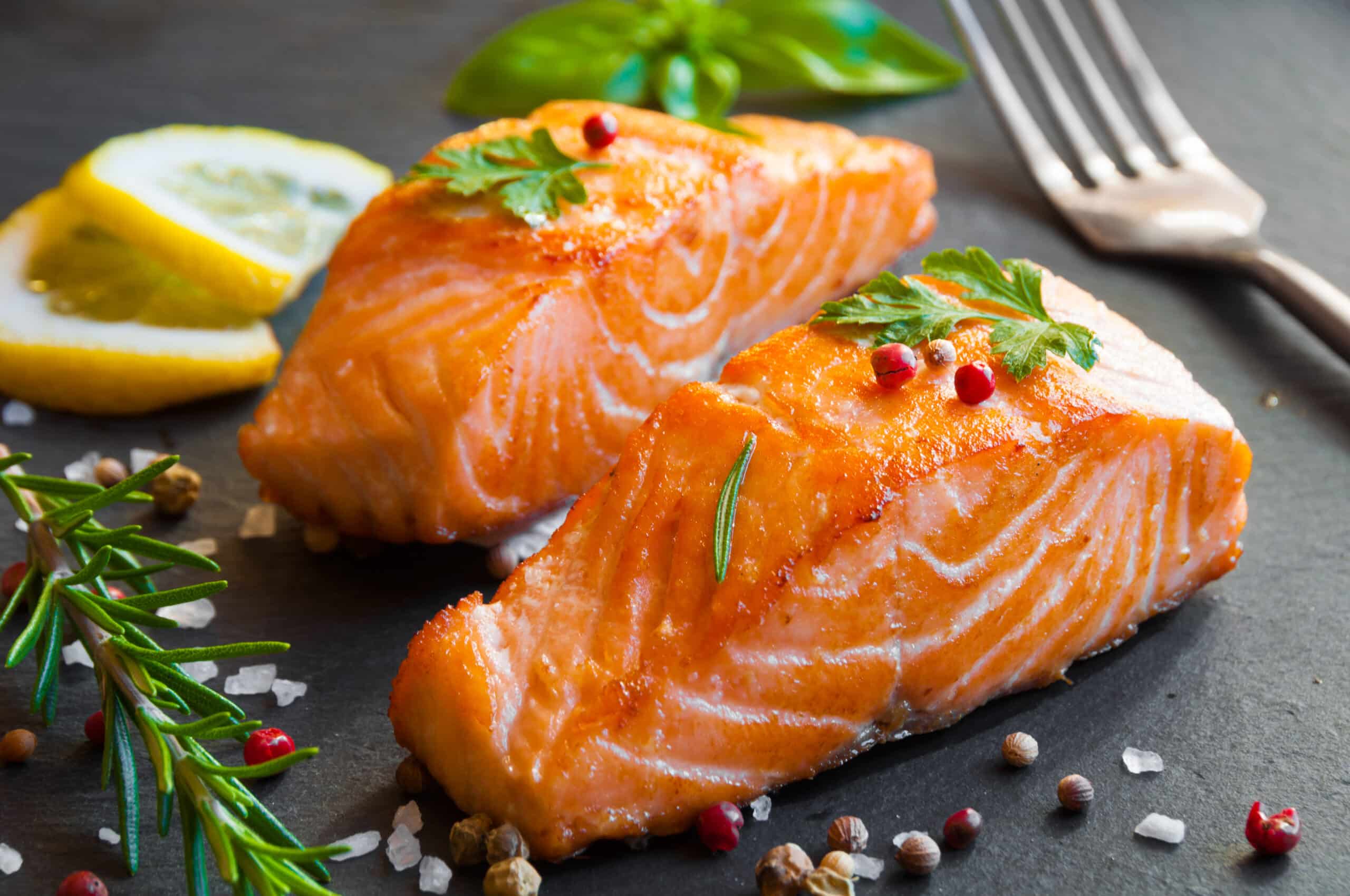
6 oz Salmon Protein & Calories for Every Type
For salmon, a serving size typically refers to 3 ounces or about 85 grams of cooked fish. The Visual Guide. Now that we know the standard serving size for salmon let's take a look at what it actually looks like: A deck of cards: A 3-ounce serving of salmon is roughly the same size as a standard deck of playing cards. This visual.
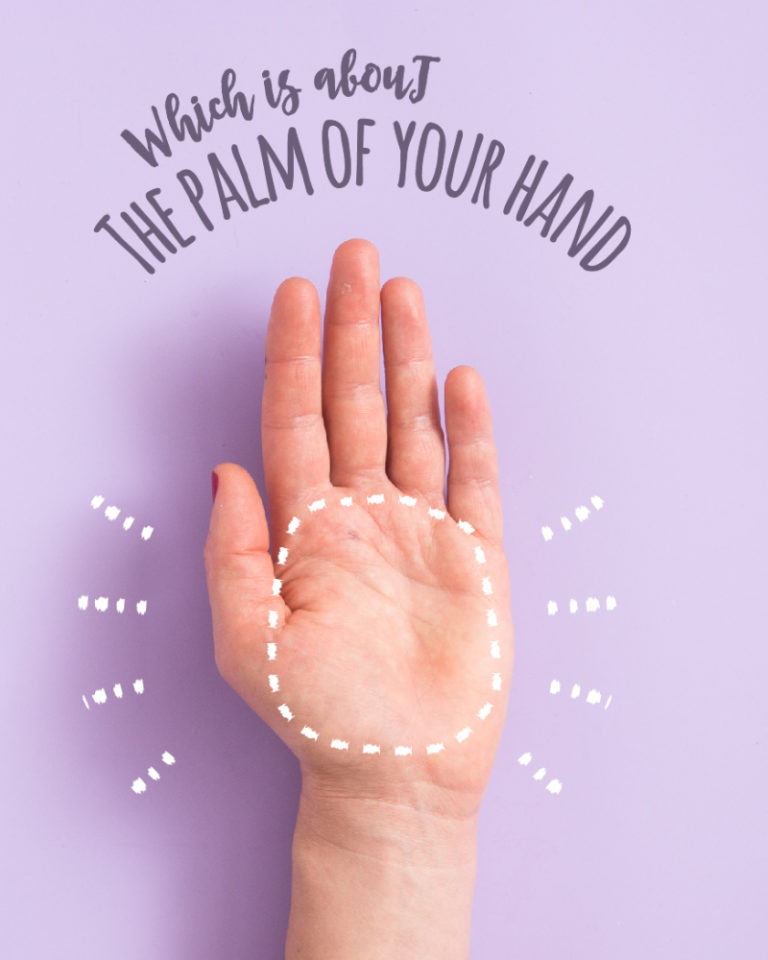
What Does 4 Ounces Of Salmon Look Like? A Visual Guide
Serving size: 2 cups Looks like: 2 Closed fists Example foods: Raw vegetables. If you're looking for a visual way to plan out a full meal, you can also follow the new MyPlate recommendations from the U.S. Department of Agriculture. In short, they recommend that you fill at least half your plate with fruits and vegetables, then divide the other half between grains and protein, with at least.

What Does 4 Oz Of Salmon Look Like
First, look to see if the outside of the fish has an opaque pinkish-white look to it. Meanwhile, cut inside the salmon and have a look at its center. If the salmon is sheer pink on its inside center, then it's likely cooked. However, if the center is dark pink in the center, then it's undercooked and needs to cook more.
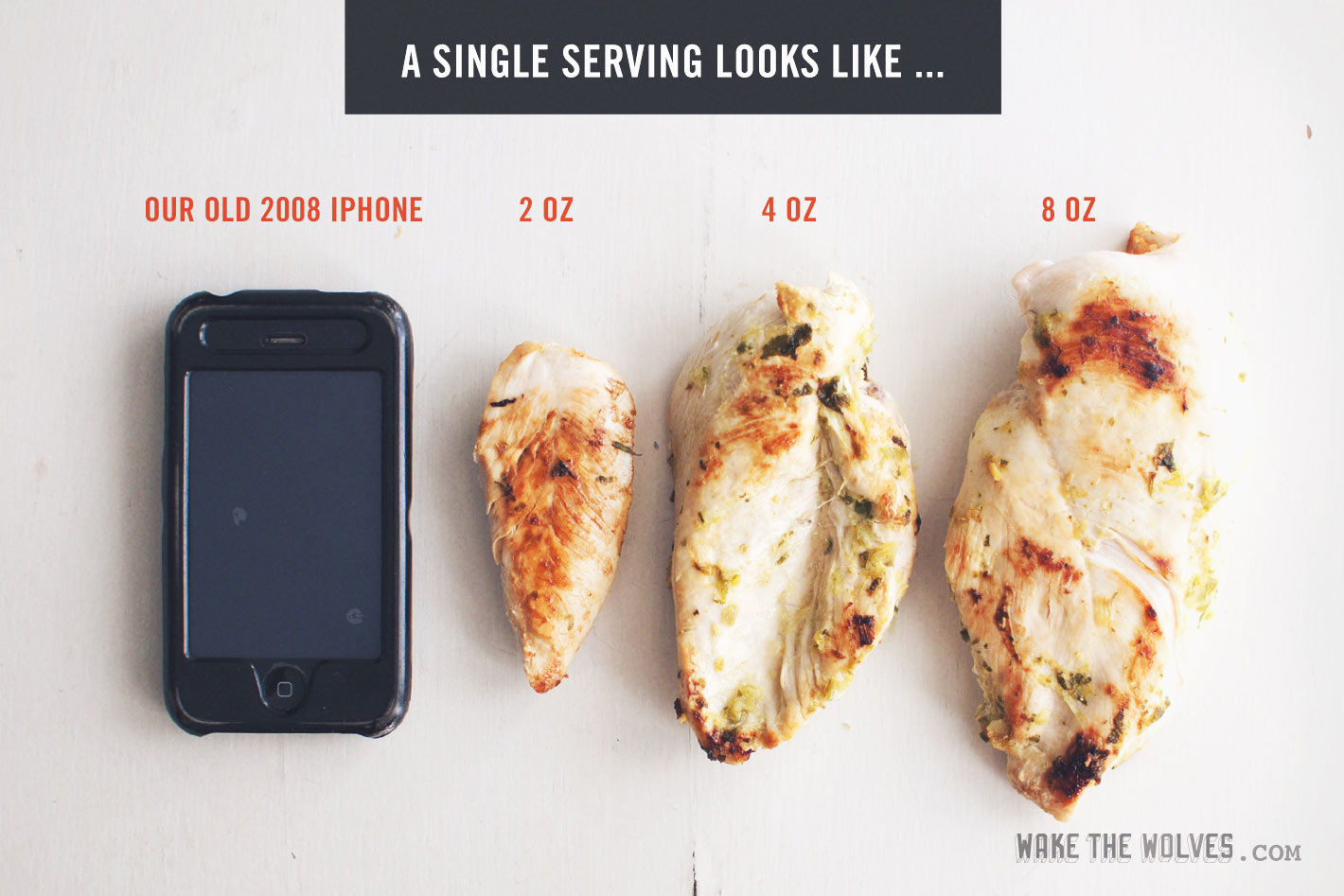
What are Healthy Portion Sizes? Wake the Wolves
Instructions. Preheat oven to 350. Line a baking sheet with aluminum foil. Place salmon (skin side down if skin is on) on the lined baking sheet. Drizzle olive oil on the filet, sprinkle with Mediterranean Sea Salt, place lemon slices on top. Bake for 20 minutes.

Rekomendasi Makanan Lembur yang Nggak Bikin Gendut! Foodspot Blog
When it comes to determining what 4 ounces of salmon looks like, it's important to keep in mind that the size and thickness of the fish can vary. However, as a general guideline, a portion of salmon that weighs 4 ounces is typically about the size of a deck of cards. This is equivalent to a piece of salmon that measures roughly 2 inches wide.

How Large Is A 3 Ounce 84G Portion Of Meat Poultry Or Fish? The 10
We Recommend. Poultry, like chicken and turkey, is full of protein — typically around 20 to 25 grams per serving, according to the USDA — and is generally considered a lean meat, meaning it provides relatively few calories from fat. Chicken breast is one of the leanest cuts of meat, with only about 60 total calories coming from fat.
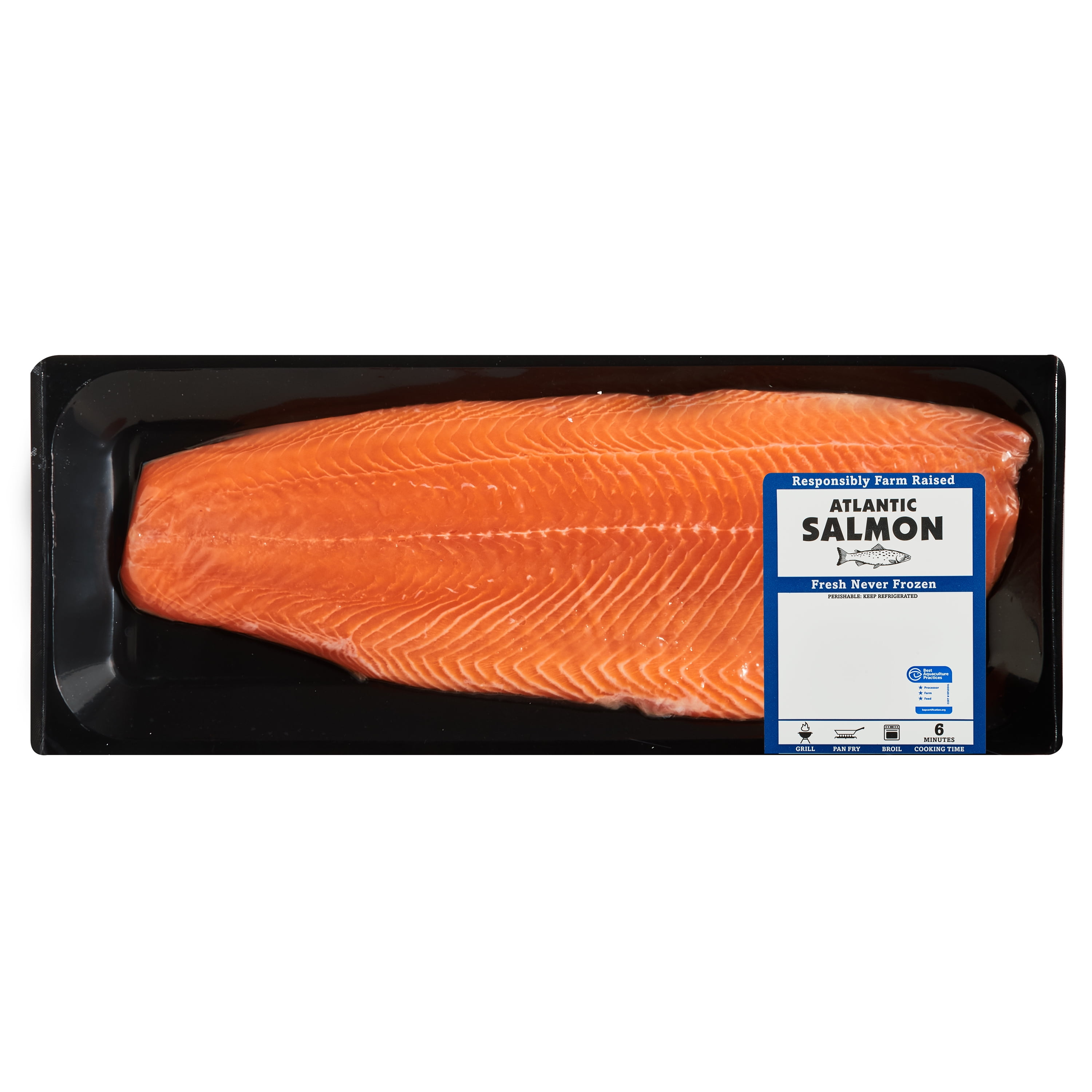
Fresh Atlantic Salmon Fillets, 1.90 2.30 lb. Whole Salmon Side. 240
A 6 oz salmon fillet typically looks like a thick, rectangular-shaped piece of fish that is slightly curved in the middle. It is typically about 3/4 inch thick and 4-5 inches long. It has a light pink color on the outside, with an orange hue on the inside. The flesh should be moist and firm and easily flake when cooked properly.

Atlantic salmon Nutrition Facts Eat This Much
WHAT DOES 4 OZ OF SALMON LOOK LIKE? December 6, 2023 November 26, 2023 by Kylie. Table of Contents hide. 1. Sizing Up a 4 Oz Salmon Portion. 2. The Nutritional Empowerment of a 4 Oz Salmon Steak. 3. Shopping Smarts: Choosing the Best Salmon Cut. 4. Crafting the Perfect Portion: Prep and Cut. 5.
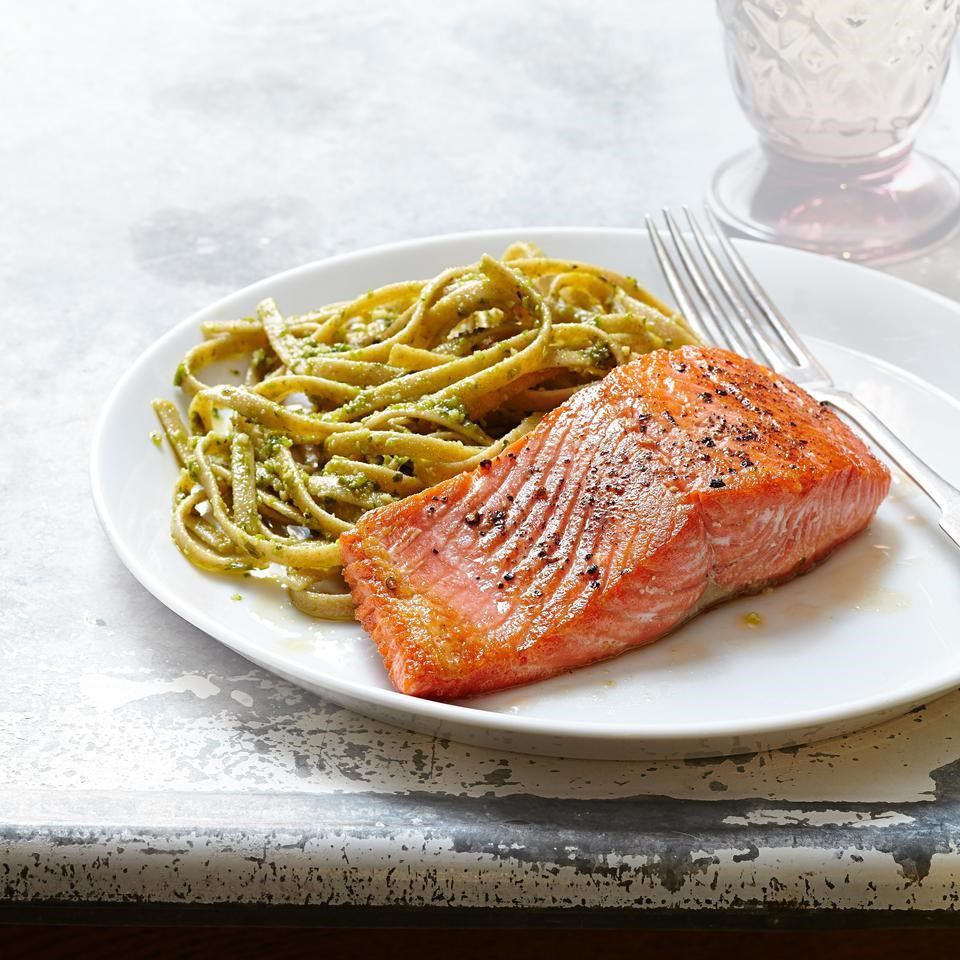
A Guide to Protein Serving Sizes EatingWell
The standard serving size for meat or fish is 3 ounces, which is about the size of the palm of your hand. The standard serving size for beans, legumes, and grains is around 1/2 cup or about the size of the front of your closed fist. A single serving of yogurt is equal to 1 cup. For nut or seed butter, the serving is around 2 tablespoons.

Salmon With Smoked Salmon Butter Recipe NYT Cooking
Other institutions, like the American Heart Association, say that a healthy salmon serving ranges from about 3.5 to 4 ounces (100 to 113 grams). Consuming two to three servings of Salmon a week is generally considered to be healthy. Salmon is great because it's healthier for you than other animal proteins, such as red meat.

How To Properly Cut Salmon Into 4 Oz Restaurant Portion YouTube
Generally, a healthy serving size is considered to be 3 to 4 ounces of salmon per person. While the Harvard T.H. Chan School of Public Health considers an appropriate salmon portion size about 3 ounces (85 grams), other institutions, like the American Heart Association, say that a healthy salmon serving size can be a bit larger, ranging between.

最终蛋白比较 万博max体育app
Frequently Asked Questions About 5 oz of Salmon 1. Is 5 oz of salmon a healthy portion size? A 5-ounce portion of salmon is considered a healthy serving size, as it provides a generous amount of protein and heart-healthy omega-3 fatty acids. 2. How many calories are in 5 oz of salmon?
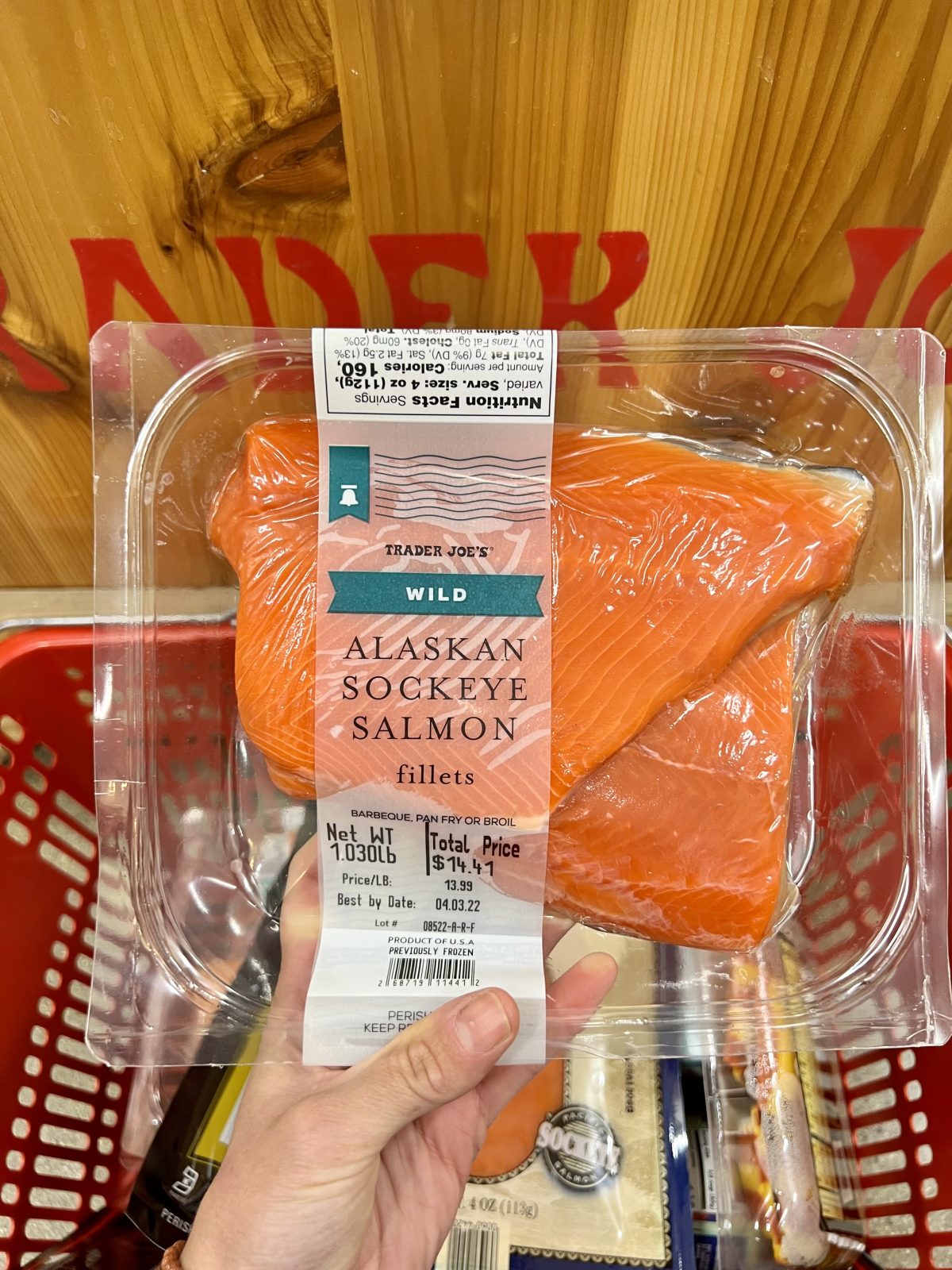
Trader Joe’s Frozen Salmon The Best Choice for Healthy Meals [2023]
When preparing 6 oz of salmon, it's essential to know that it can vary in size and thickness. However, a standard portion of 6 oz is typically about 2 inches wide, 3 inches long, and 1 inch thick. To put it into perspective, it's similar in size to a small smartphone or a compact wallet. Understanding the visual representation of 6 oz of.

what does 3 oz of salmon look like
To give you an idea of what 12 ounces of salmon looks like, it's about the size of a deck of cards or the palm of your hand. If you're buying salmon fillets, a 12-ounce portion would be roughly two-thirds of a fillet. It's important to note that when cooked, 12 ounces of salmon will shrink in size. In fact, 4 ounces of lean meat typically.
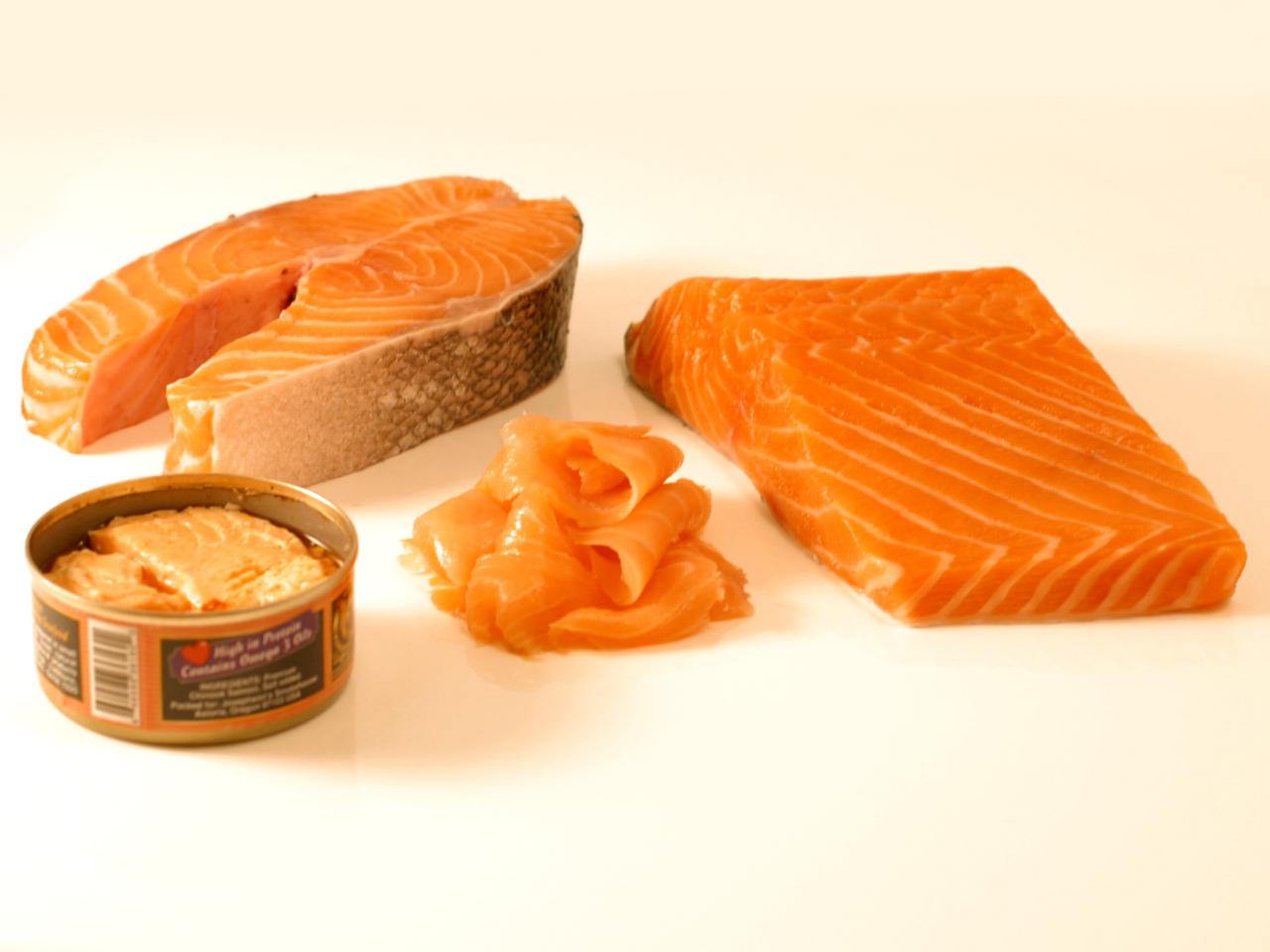
what does 3 oz of salmon look like
Grains and starchy vegetables: 6-11 servings a day. Nonstarchy vegetables: 3-5 servings a day. Dairy: 2-4 servings a day. Lean meats and meat substitutes: 4-6 ounces a day or 4-6 one-ounce servings a day. Fruit: 2-3 servings a day. Fats, oils, and sweets: Eat sparingly. *Check with your doctor or dietitian to determine the appropriate daily.

San Jose Food Blog Portion Control Diet Midweek Update
A typical serving size for salmon is between 3 oz to 4 oz for adults. The FDA and Dietary Guidelines for Americans recommend eating at least 8 oz of fish per week, which is around two or more servings of salmon or other fish. Salmon provides a good source of omega-3 fats. This is a type of healthy fat that is linked to heart, brain, and bone.